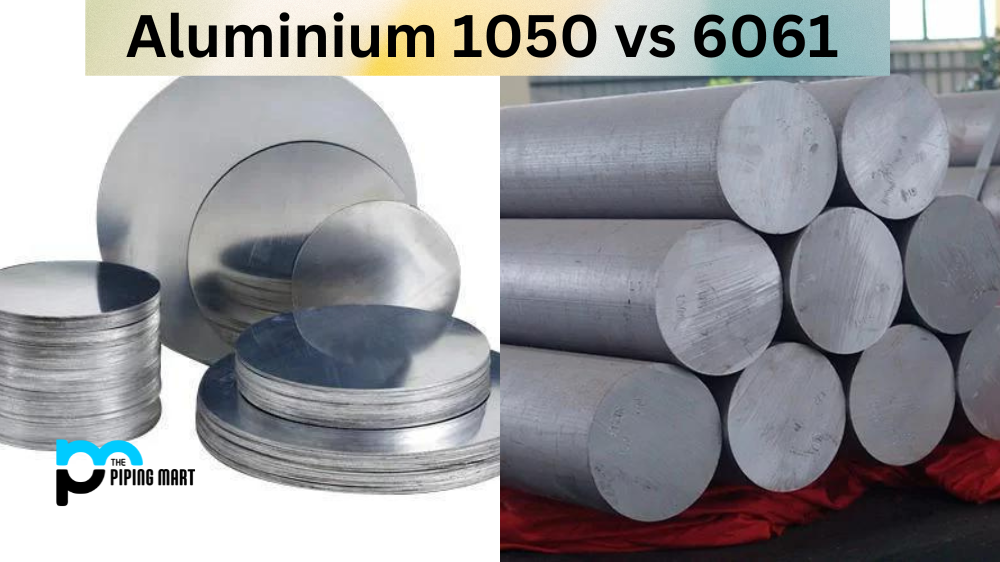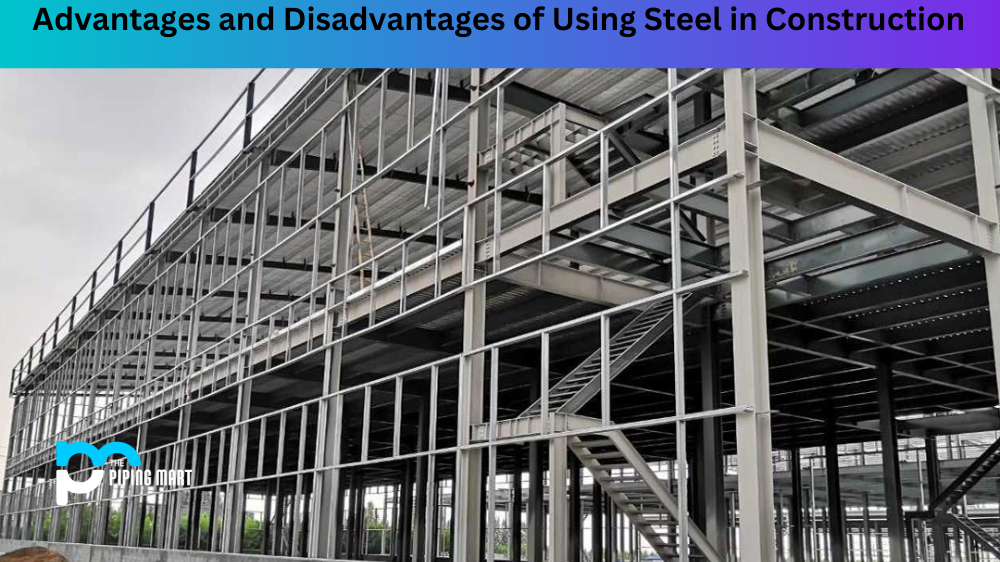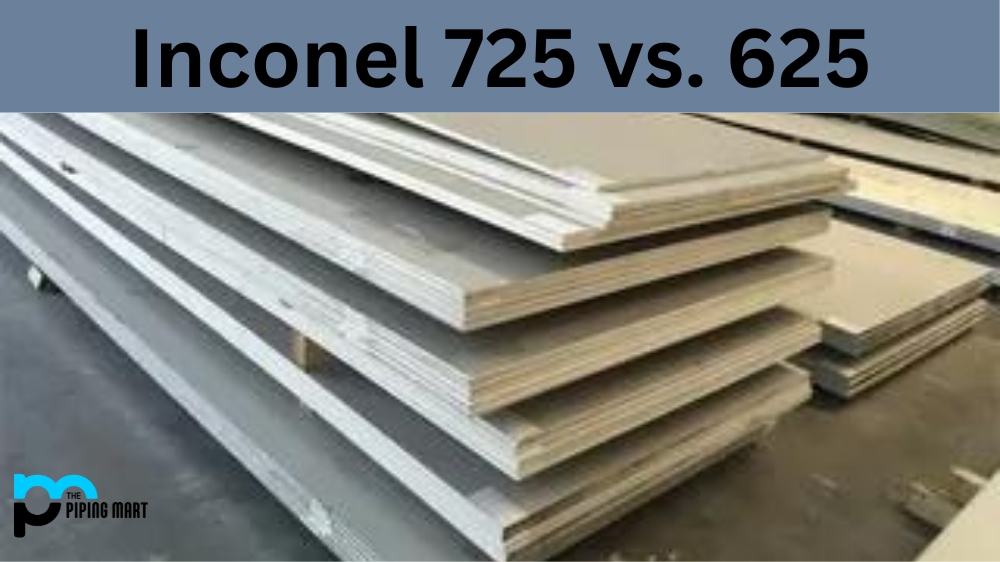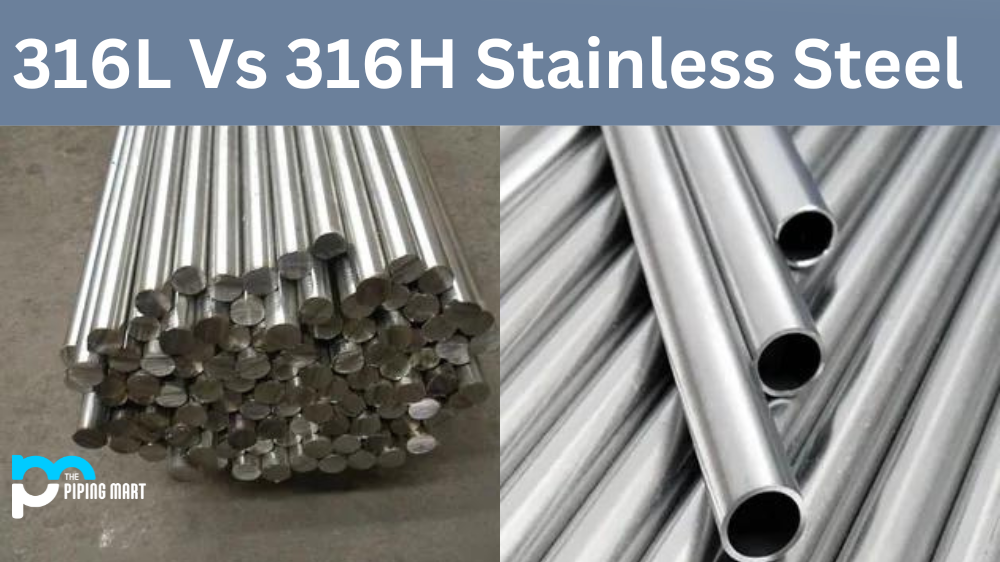Aluminium alloy has been used extensively in various industries such as construction, automotive, aerospace, and packaging due to its lightweight, high strength, and excellent corrosion resistance. However, several aluminium alloy grades are available in the market, making it challenging to choose the right one. Two of the most common types of alloy grades are 1050 and 6061, which we will compare in this blog post to help you determine which is suitable for your project.
Difference Between Aluminium 1050 and 6061
Composition
Aluminium 1050 is a pure aluminium alloy with a minimum of 99.5% aluminium. It is known for its excellent corrosion resistance, high thermal conductivity, and good electrical conductivity, making it ideal for high-capacity power lines, radiators, and heat exchangers. On the other hand, 6061 is an aluminium alloy that contains magnesium and silicon, which improves its mechanical properties. It is known for its high strength, low density, good corrosion resistance, and excellent weldability, which makes it suitable for various applications such as structural parts, frames, and marine components.
Mechanical Properties
Aluminium 1050 has a low tensile strength of around 45-55 MPa, making it unsuitable for structural applications. However, it has excellent formability, which makes it easy to shape and bend without cracking. In contrast, 6061 has a higher tensile strength between 124 and 290 MPa, making it suitable for high-stress applications. Additionally, 6061 has a higher elongation rate and yield strength than 1050, which makes it more durable and capable of withstanding heavy loads.
Weldability and Machinability
Aluminium 1050 has excellent weldability and can be easily welded with a variety of methods, such as gas tungsten arc welding (GTAW), gas metal arc welding (GMAW), and friction stir welding (FSW). Moreover, 1050 can be easily machined, drilled, and turned on a lathe due to its soft and ductile nature. In contrast, 6061 has lower weldability due to its high magnesium content, which can cause cracking during welding. However, it can be welded using specialized techniques such as TIG or MIG welding with a filler alloy. Additionally, 6061 can be machined reasonably well but requires more power and specialized tooling due to its hardness and toughness.
Cost and Availability
Aluminium 1050 is one of the most affordable aluminium alloys due to its high abundance and ease of production. It is widely available in various forms, such as sheets, plates, and coils. On the other hand, 6061 is more expensive due to its added alloying elements and specialized production methods. It is also slightly less available as it is a more specific alloy with specialized uses.
Conclusion
Both aluminium 1050 and 6061 are excellent choices for various applications, depending on the project’s specific requirements. Aluminium 1050 is ideal for applications that require excellent corrosion resistance, high thermal conductivity, and good electrical conductivity. On the other hand, 6061 is suitable for applications that require high strength, low density, and excellent weldability for added durability and heavy load-bearing. Ultimately, choosing the right alloy depends on weighing the cost and specific needs of the project, and understanding the properties and applications of both will ensure the right match is made.

A passionate metal industry expert and blogger. With over 5 years of experience in the field, Palak brings a wealth of knowledge and insight to her writing. Whether discussing the latest trends in the metal industry or sharing tips, she is dedicated to helping others succeed in the metal industry.




